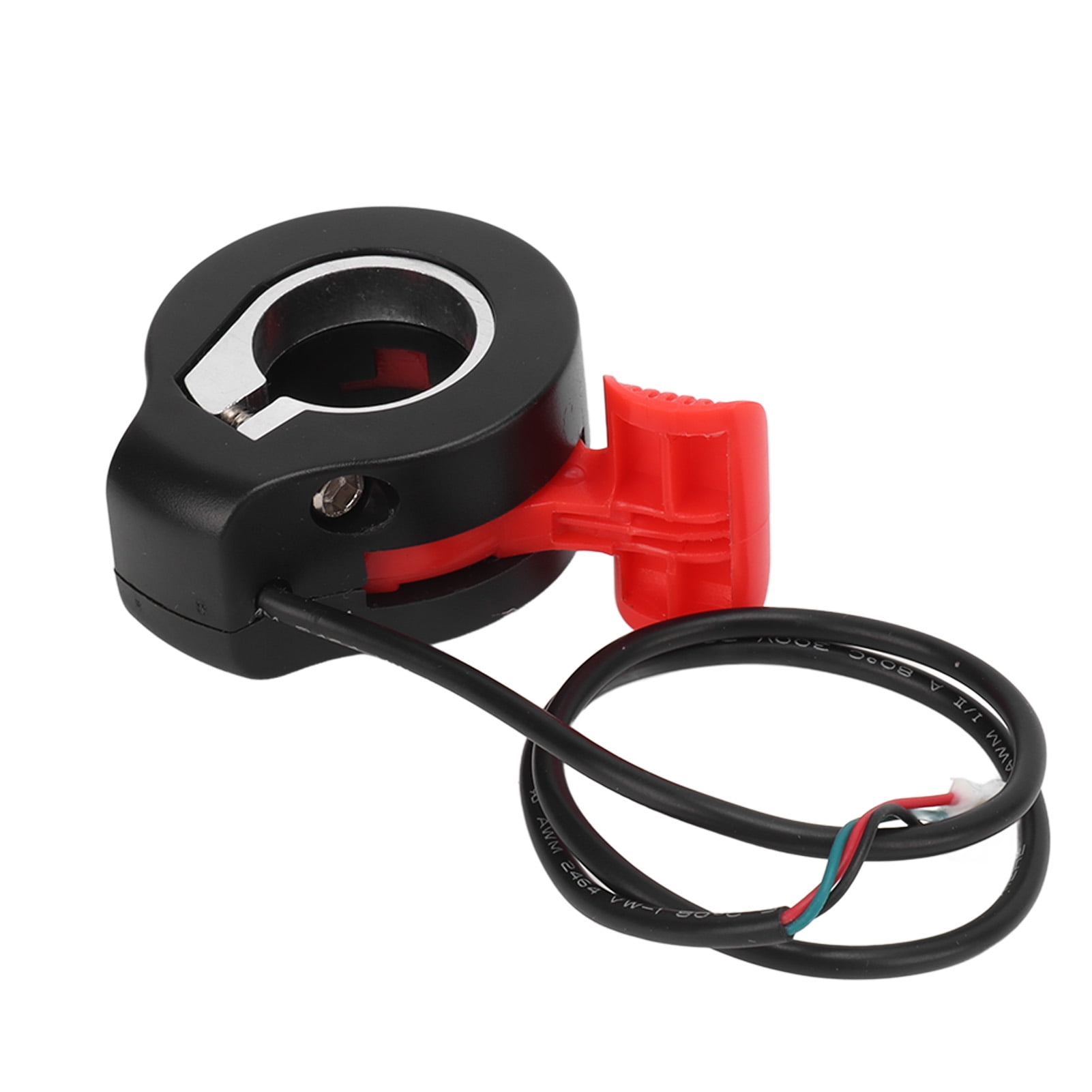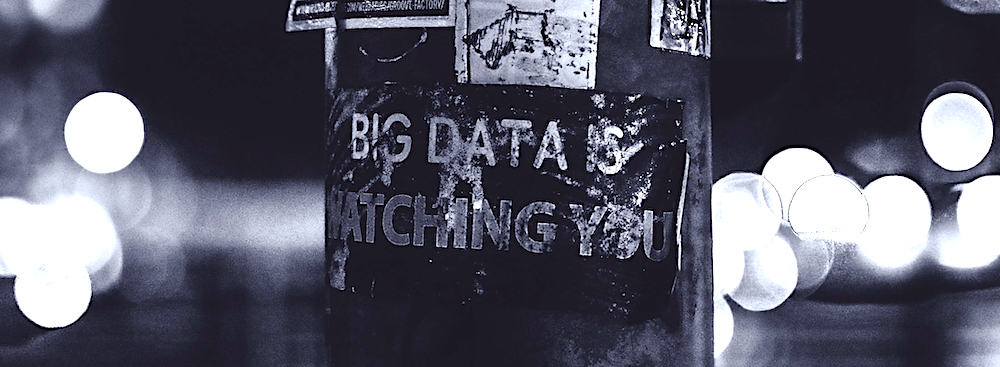
However, if your site is not well designed or configured, then it may, during the normal course of operations, experience many resource not found errors. Setting this to 30 per minute and using the “block” rather than “throttle” option is an effective way to block IP addresses that are scanning your site for vulnerabilities.

For example, they may be scanning your site for vulnerabilities, and you may want to block them. If a crawler is generating many resource “Not Found” (404 response status code) errors on a well-configured website, then they are usually not a friendly crawler. If your site is well-configured and designed, then you can set this as low as 30 per minute, or even 15 per minute.

If a crawler’s pages not found (404s) exceed… Use the “throttle” option in most cases, which will simply rate limit crawlers. However some good bots tend to crawl your site quickly, so setting this to 120 per minute is a good setting unless you are having a problem with bots overloading your site. This is very useful to limit the amount of traffic bots can generate on your site. If we detect a visitor is not a human and is a bot that is crawling your site, then this limit will apply. This message applies to each type of rate limiting listed here. Strict settings may cause legitimate users to get blocked, depending on how the site is built and whether plugins or themes cause additional requests for a single page view. May cause false positives”, then your settings are more strict than we recommend. Use the “throttle” option in most cases, which will rate limit rather than block crawlers and visitors.
#Ip throttled meaning code
If they try to crawl your site faster than that, they will be given the 503 response status code which has the effect of telling them to slow down.

That is 2 requests per second, which crawlers like Bing can easily generate. In general, 120 requests per minute is a good global setting which allows even fast (but friendly) crawlers to access your site without overloading it. If you have given Googlebot special treatment using the options above, then this limit does not apply to Googlebot. If anyone breaks this limit, they will receive the Wordfence HTTP 503 Temporarily Unavailable response status code with a user-friendly explanation. Therefore, if you do accidentally block Googlebot, you are telling it to “come back later” rather than “go away permanently” so the damage to your search engine optimization is not as great as it might otherwise be. Note that the default HTTP response status code when someone is blocked is to return a 503 “Temporarily Unavailable” response status code. If you treat Google like any other crawler and you are limiting the number of requests per minute to a low number, you may temporarily block Google from crawling your site. We do not recommend you use this option unless you have very loose (not strict) settings in your rate limiting. However, if a visitor claims to be Google by changing their User-Agent header to emulate Googlebot, they will also have unlimited access. This will ensure that Google is never rate-limited on your website and can consume as much content as it likes. This option gives unlimited access to any visitor that has a Googlebot User-Agent header identifying them as a Google crawler. If a visitor arrives pretending to be Google by faking a Googlebot header, they will not have unlimited access because they will fail the reverse lookup (PTR) test.Īnyone claiming to be Google has unlimited access This uses a reverse DNS lookup to verify that a visitor claiming to be a Google crawler is actually who they say they are. If you would like to use a strict setting, you can set this to only give verified Google crawlers unlimited access to the site. Verified Google crawlers have unlimited access to this site So we have created this option so that you can ensure that Google is treated differently and given greater access than normal site visitors. Usually, you want Google’s crawlers to visit and index your site without interruption, and you want to ensure that they have unlimited access to your site. If this option is OFF, all blocking including the options below are disabled. This option lets you enable or disable the rate limiting and blocking features. Options Enable Rate Limiting and Blocking If they exceed the limits that you have specified, they will temporarily have their access revoked and will receive a message saying their access to your site has been temporarily limited and they should try again in a few minutes.

Rate Limiting allows you to limit how many pages visitors and automated crawlers can access your website per minute.


 0 kommentar(er)
0 kommentar(er)
